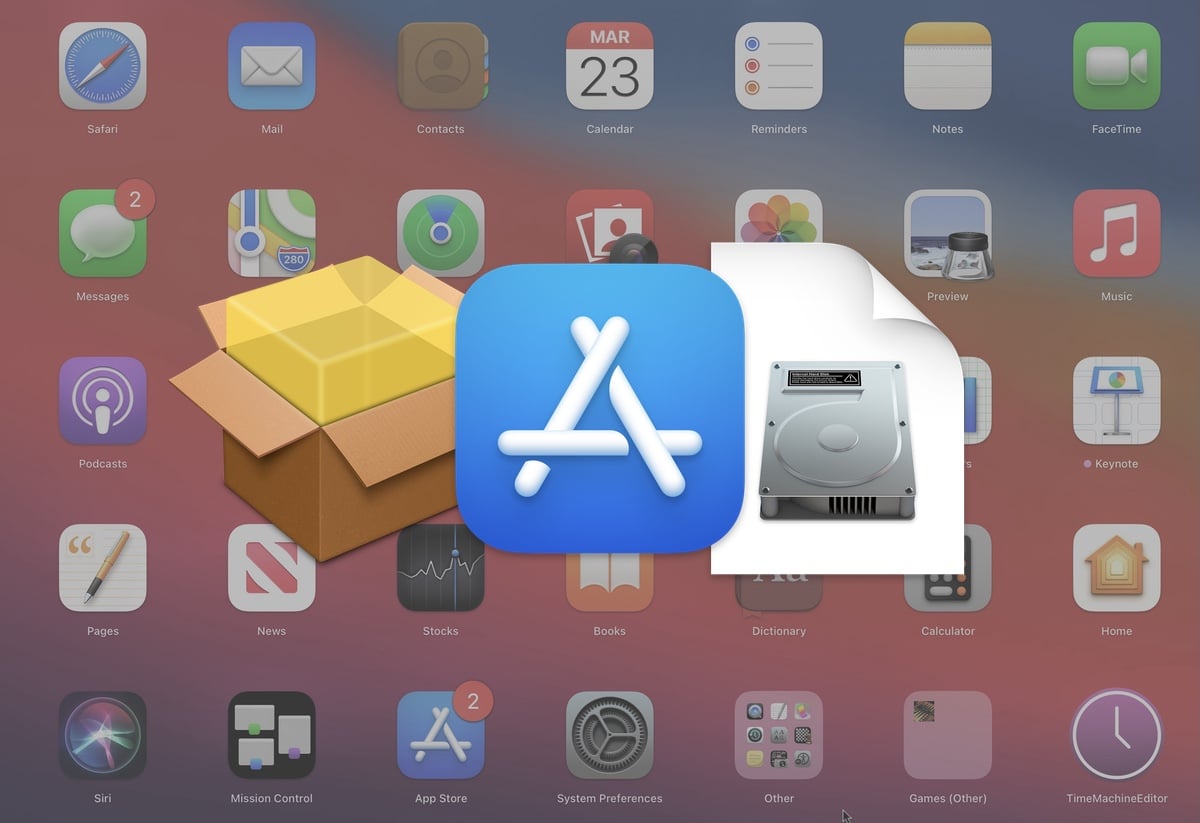

If you have a problem with your Mac's latest update, you will probably see errors when trying to boot up the computer. However, before you understand how to resolve the case, you must know the symptoms and causes.īelow, you will see a few of the problems and errors due to a Mac update issue. If you are looking for ways to fix the update issue in your Mac, you have come to the right place.
:max_bytes(150000):strip_icc()/DiskUtilitycontinueannotted-466f545a0f694970be81b88d10e2ac92.jpg)
How to reinstall macOS while in Recovery mode If you're running macOS High Sierra or later on a Mac with an SSD, your choices will be some form of APFS. Click on the format you want to use for your drive.Click on your startup disk in the Disk Utility sidebar.If you want the content on your Mac to stay intact, skip to the next section. If you need to start completely fresh, then you'll want to erase your startup disk using Disk Utility. How to erase your startup disk in macOS Recovery mode First Aid will run, checking the health of your Mac's drive. It should be the drive at the top of the sidebar if there are multiple drives. Click on your Mac's startup drive in the Disk Utility sidebar.Click Disk Utility when in macOS Recovery.
:max_bytes(150000):strip_icc()/osxdiskutility-79e5d509345e46c5bd096027e849a117.jpg)
You'll need to use Disk Utility to do that. The first thing you'll want to do is make sure your Mac's startup disk is healthy. How to check your startup disk with Disk Utility in macOS Recovery mode Press Shift - Option - Command - R to install the version of macOS that came with your Mac, or the version closest to it that's still available.Press Options - Command - R to upgrade to the latest version of macOS that's compatible with your Mac.Press Command - R to install the latest version of macOS that was installed on your Mac without installing a later version.


 0 kommentar(er)
0 kommentar(er)
